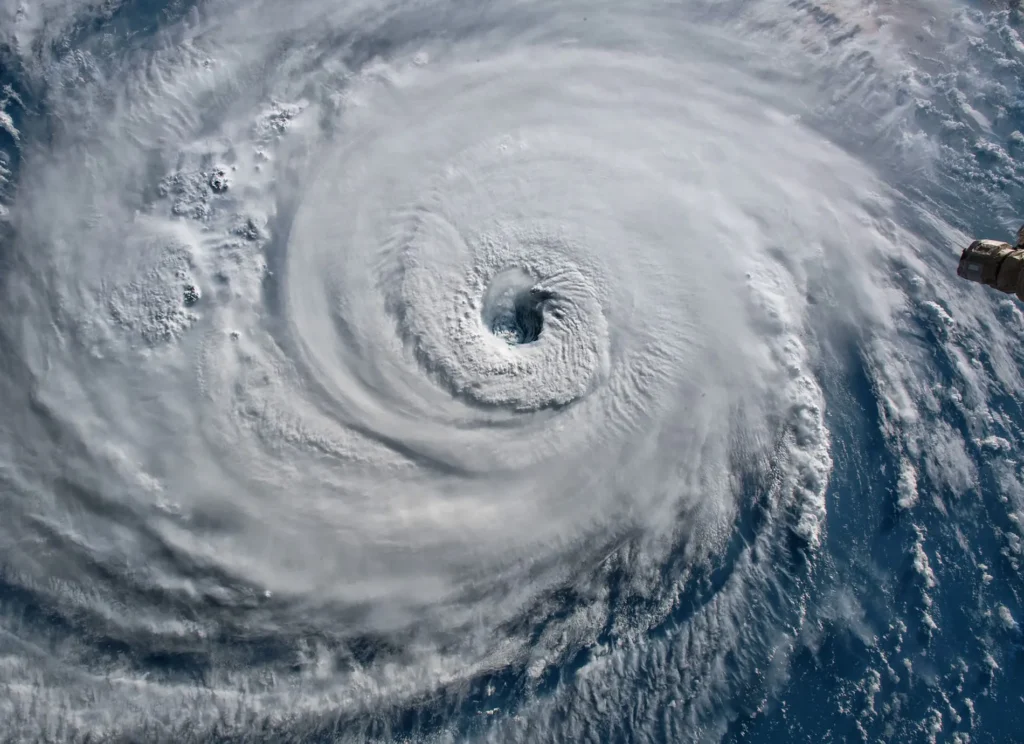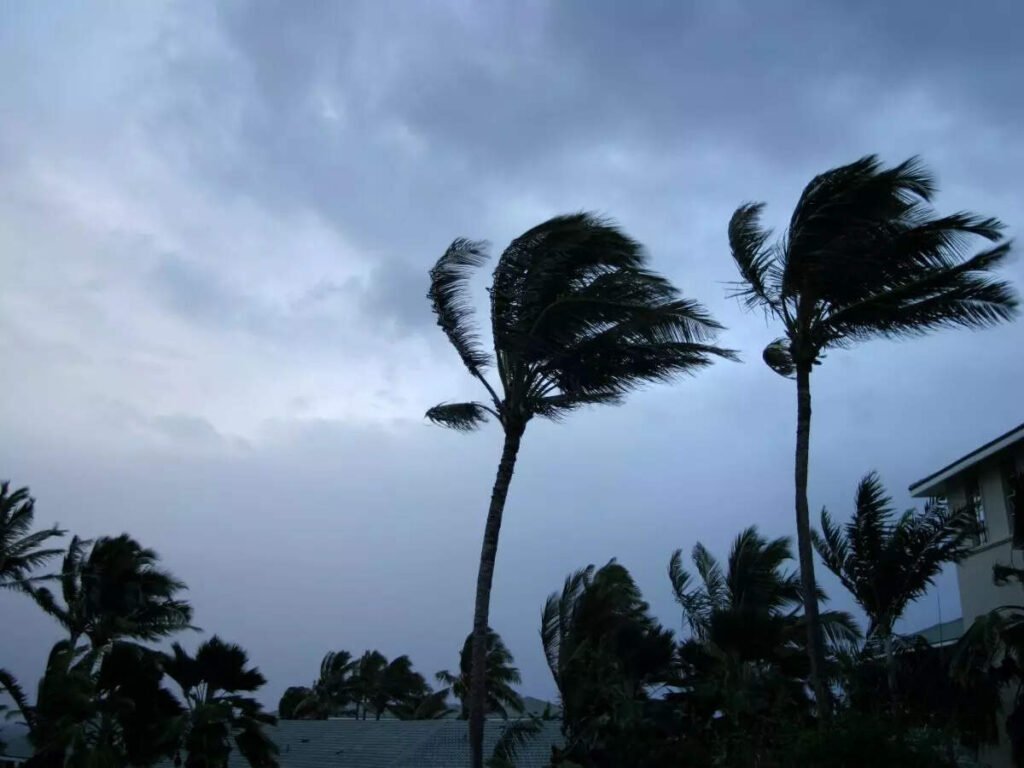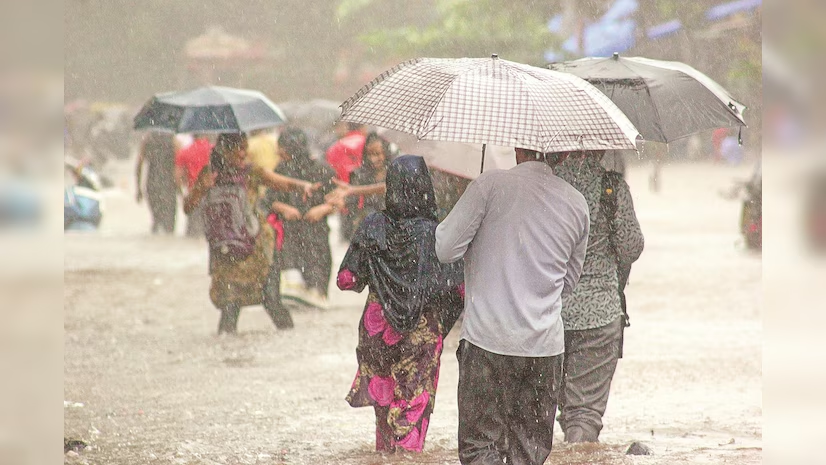
In the early hours of May 29, 2025, Tropical Cyclone Debbie made a violent landfall along the northeastern coast of Queensland, packing sustained winds of 185 km/h and gusts that reached over 230 km/h. The Category 4 storm quickly became one of the most severe tropical systems to hit Australia in over a decade, leaving widespread destruction, massive flooding, and a region struggling to cope in its wake.
Storm Path and Fury
Cyclone Debbie first struck the Whitsunday Islands before roaring inland toward the towns of Bowen, Proserpine, and Mackay. Satellite imagery revealed the eye of the storm slamming ashore near Airlie Beach, a popular tourist destination now battered beyond recognition. Over 60,000 residents were affected directly by the cyclone’s path, and over 200,000 people lost power across the state.
“Everything was shaking—the windows, the roof, even the floor,” said Jamie Mulgrave, a resident of Mackay who sheltered with his family. “You could hear trees cracking and tin roofs peeling like paper.”
Queensland Premier Annastacia Palaszczuk declared a state of emergency shortly after landfall, deploying hundreds of emergency responders, soldiers, and helicopters to assist with search-and-rescue efforts.
Flooding Chaos and Infrastructure Collapse
Though the winds were devastating, the storm’s greatest toll may have come in the form of torrential rainfall. Some areas recorded over 500mm of rain within 24 hours. Major rivers such as the Pioneer and Burdekin swelled rapidly, breaching levees and inundating entire neighborhoods.
Rail lines and roads throughout the region were rendered impassable, cutting off vital supply routes and delaying emergency response. The Bruce Highway, a major transport artery, was closed in multiple sections due to landslides and flooding.
Hospitals ran on backup generators, and several towns faced water contamination due to overflowing sewage systems. In Rockhampton and Ayr, residents were evacuated in boats from rooftops as floodwaters rose to historic levels.
Evacuations and Emergency Response
Over 25,000 residents were evacuated ahead of the cyclone, a move emergency officials credited with saving countless lives. Despite the proactive measures, at least 12 people have been reported injured, and 2 are confirmed dead as of June 1st.
Rescue efforts have continued nonstop. “We’ve had SES crews pulling people out of flooded cars and rescuing pets trapped on rooftops,” said Commissioner Katrina Carroll of Queensland Police.
More than 100 emergency shelters remain active across the state, and the Australian Defence Force has been deployed to assist with debris clearance and aid distribution. The federal government has also pledged emergency funds for reconstruction and housing relief.
Economic and Agricultural Impact
Initial estimates put the damage in the billions of dollars. Queensland’s critical sugarcane industry has been hard hit, with entire fields flattened. Tourism, another pillar of the local economy, is expected to suffer major losses due to damaged infrastructure, closed airports, and battered coastal resorts.
Economist Laura Jennings of the University of Queensland warned that “the cyclone’s ripple effects will likely be felt well into next year, especially in industries already fragile from previous climate shocks.”
Climate Change in the Spotlight
While extreme weather is nothing new to Australia, the increasing intensity and frequency of tropical cyclones have reignited debate over the country’s climate preparedness.
Scientists from the Bureau of Meteorology and CSIRO were quick to point out that warmer sea surface temperatures—up by nearly 1.2°C in some parts of the Coral Sea—fueled Debbie’s rapid intensification. This follows a pattern observed globally, where warming oceans act as superchargers for tropical storms.
“This is no longer a one-in-50-years storm,” said Dr. Eloise Parry, a climate scientist at James Cook University. “Events like Debbie are becoming the new normal, and we need to seriously rethink our building codes, emergency planning, and carbon policies.”
Community Resilience and Recovery
Despite the devastation, stories of community resilience and bravery have begun to emerge. In Ayr, neighbors formed human chains to rescue an elderly couple from floodwaters. Volunteers have poured in from across the state, delivering food, blankets, and morale to those displaced.
“It’s heartbreaking, but Queenslanders are tough,” said Mayor Samantha Brent of Townsville. “We’ve been through cyclones before, and we’ll rebuild again.”
The recovery will be long and arduous. Cleanup efforts are expected to last months, and many residents are still without power or access to clean drinking water. But as the skies begin to clear and the waters slowly recede, a determination to rebuild—stronger and smarter—has taken hold.
Looking Ahead
As Australia continues to grapple with the aftermath of Cyclone Debbie, experts warn that this may be a glimpse into a stormier future. With climate models projecting even more intense weather in coming decades, investment in climate adaptation, early-warning systems, and resilient infrastructure is no longer optional—it’s critical.

